Up until the 1539 “Dissolution” – the monastery, cathedral and church of St Albans possessed a substantial population of Benedictine monks. The average income of this religious complex was around £1000 – which today is approximately £800,000! Just what it was that a group of meditating monks were doing that attracted this funding is something of a mystery – although many rich people tended to donate money and property to the church as a means to ensure a better place in heaven. As the monks followed a strict rule that forbids the ownership of private property and the accumulation of wealth – these valuable commodities tended to just be kept static within the monastery grounds. In other words, due to the monks focusing upon the spiritual world within – the wealth remained only potentially valuable. It was entrusted to the monks for all time by those who generally believed in the Christian teaching – and was never meant to be used as part of the buying and selling process. Henry VIII changed this idea forever!
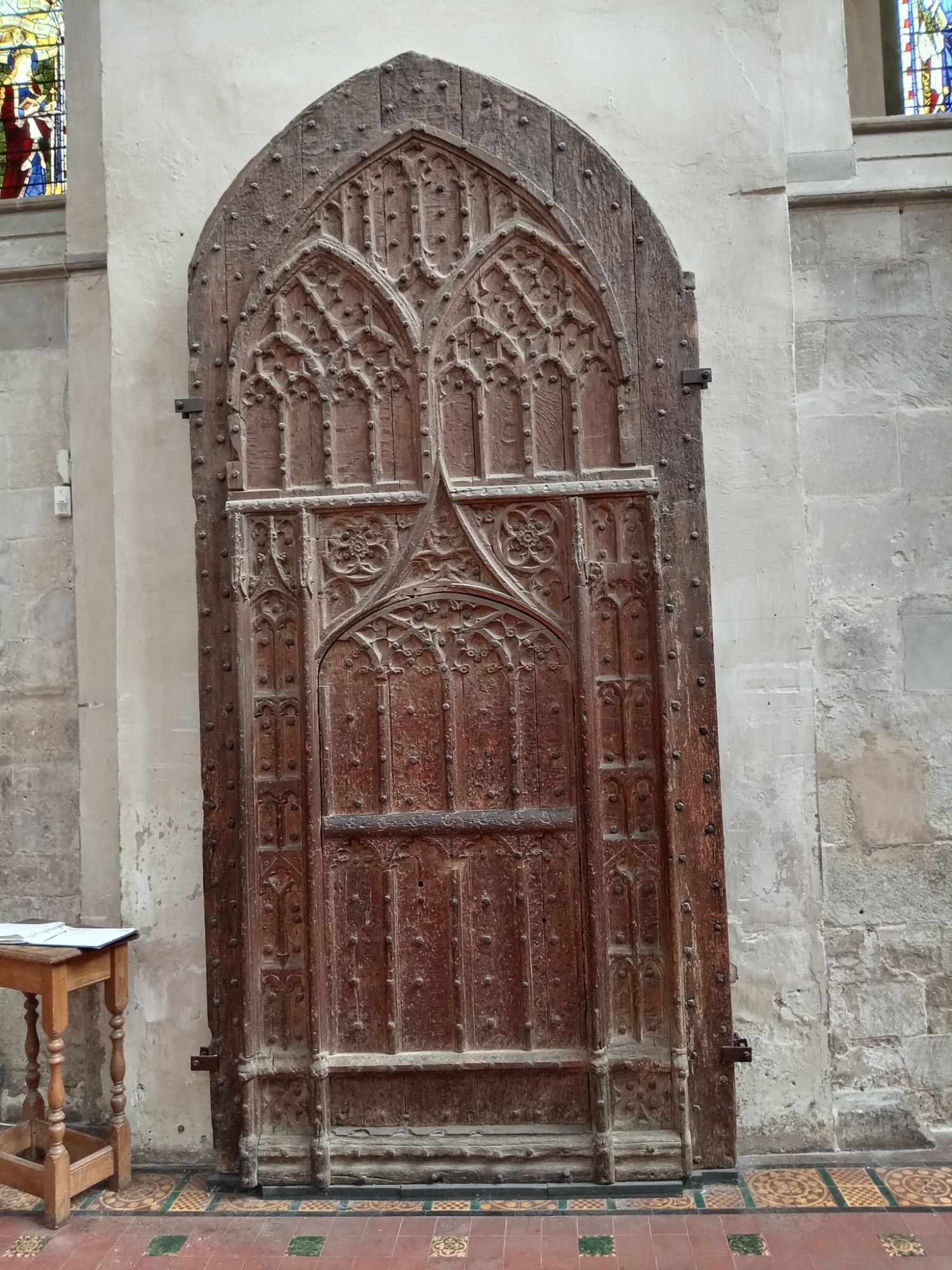

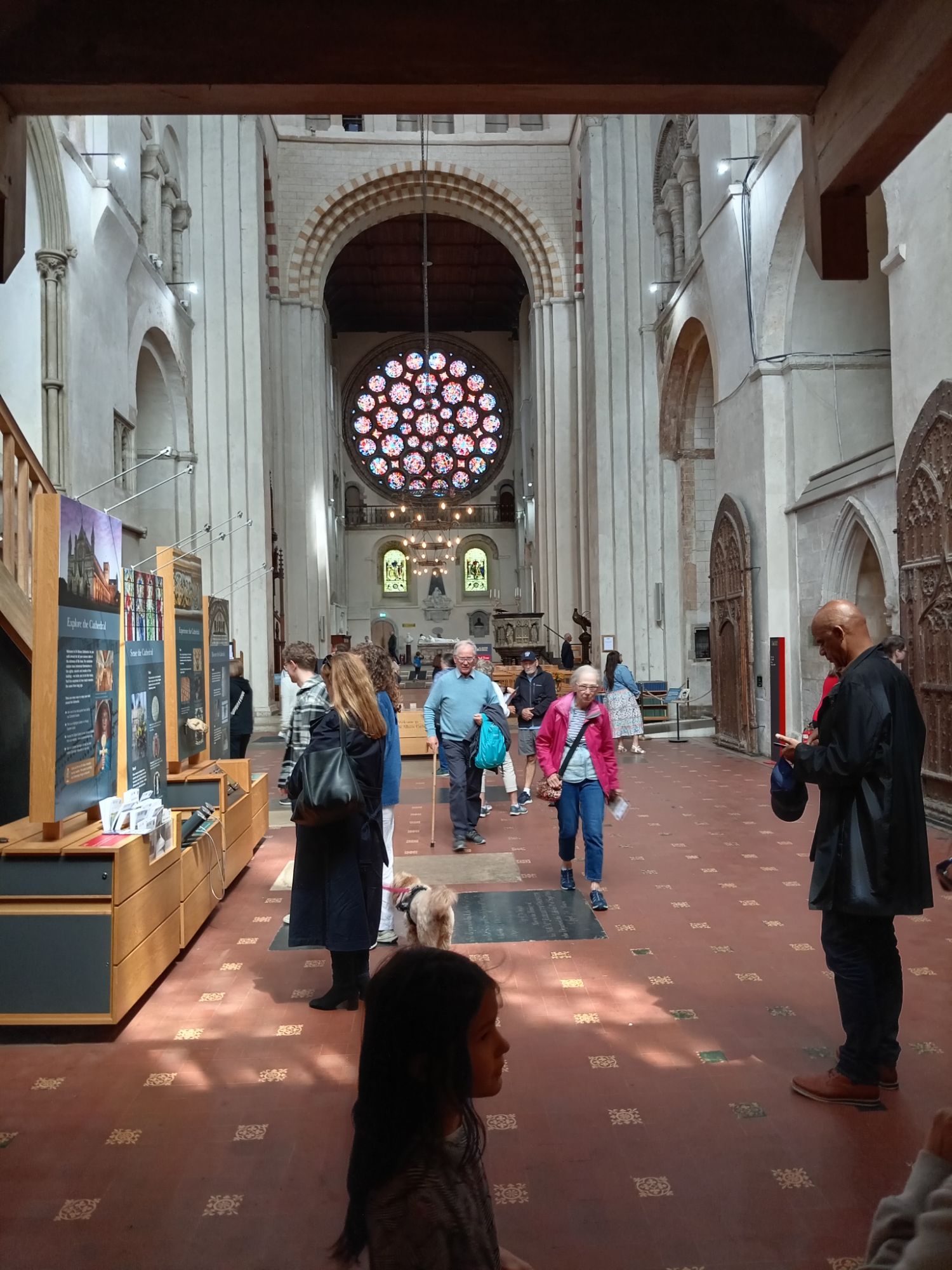
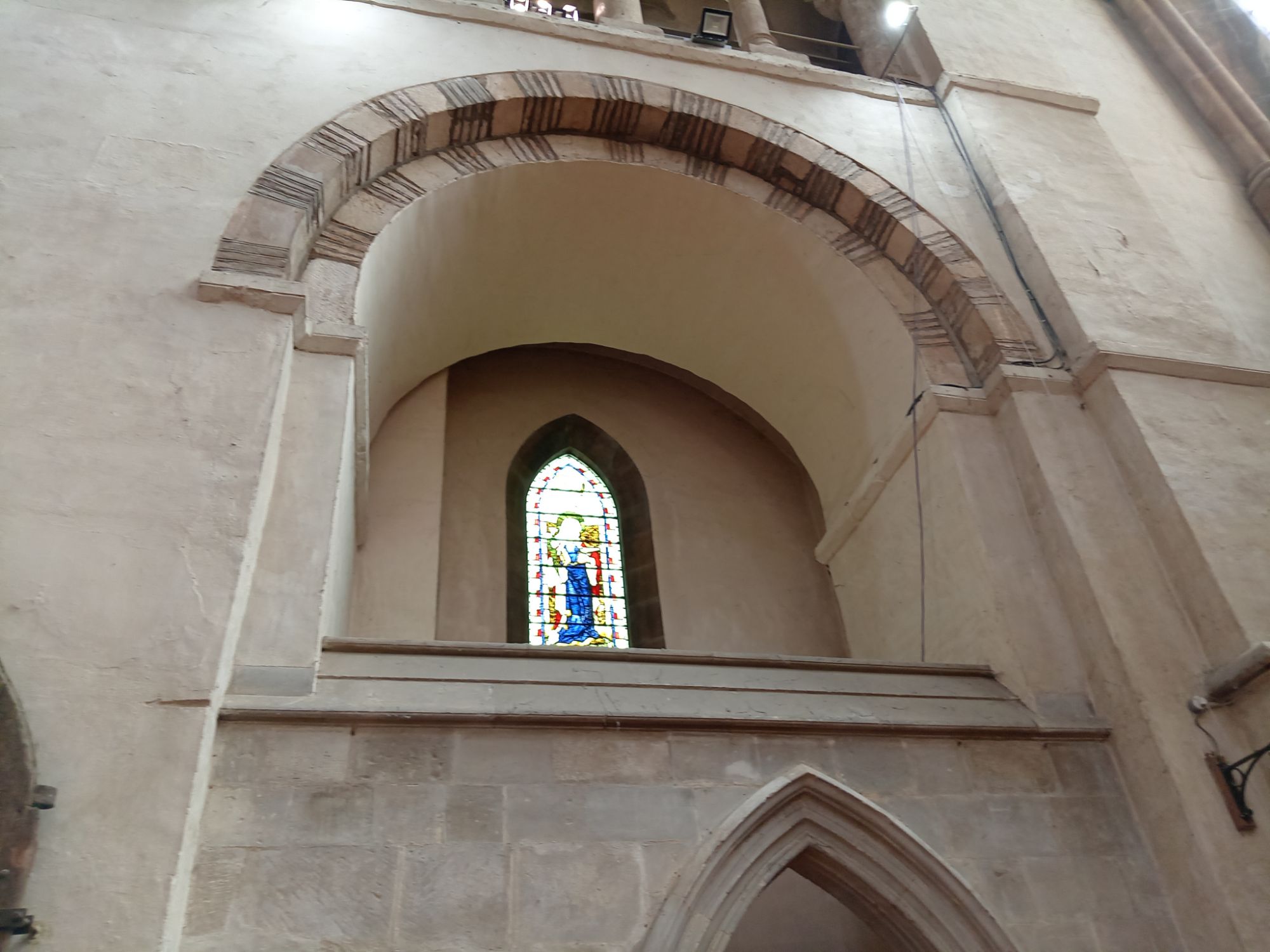
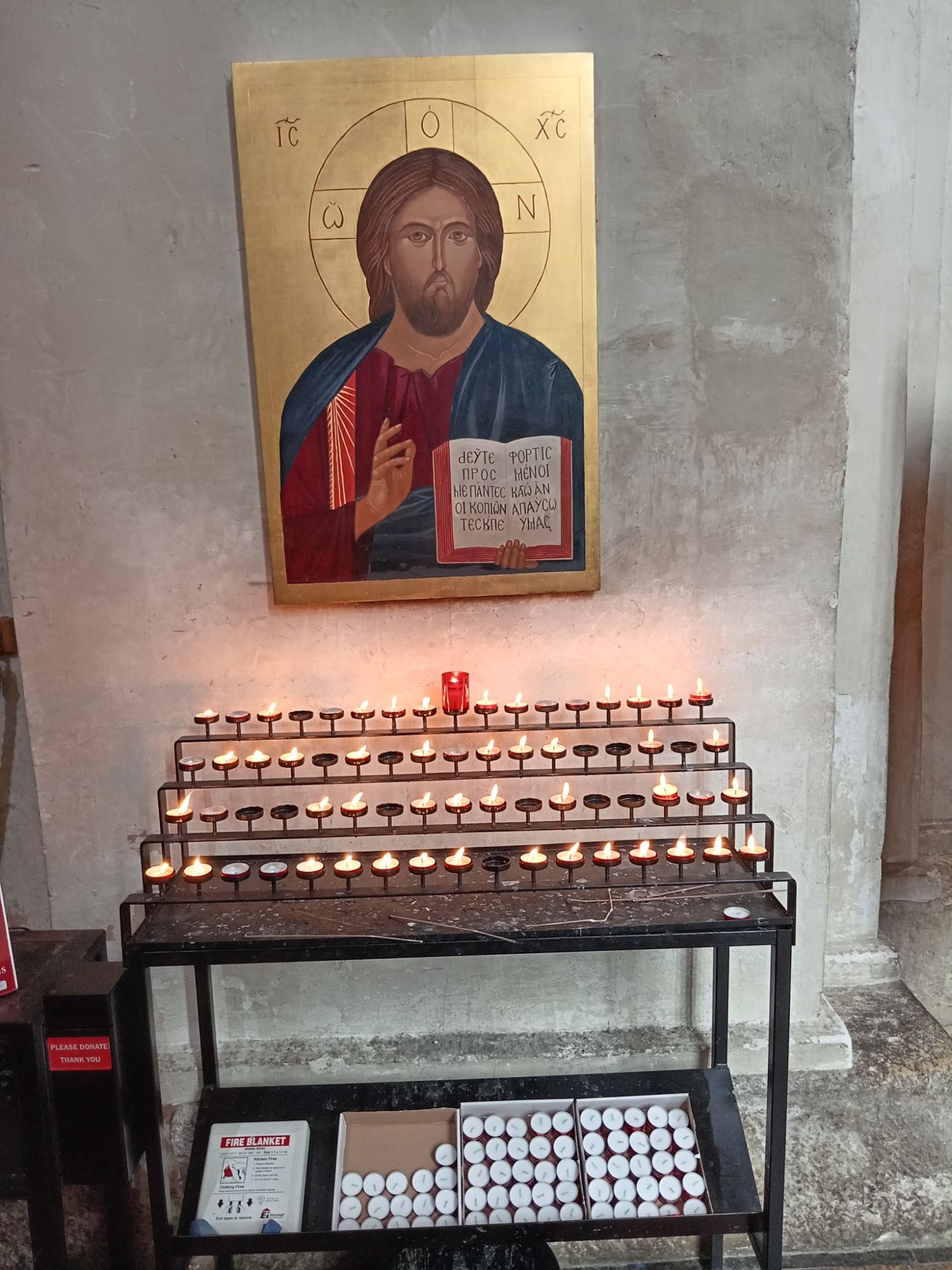
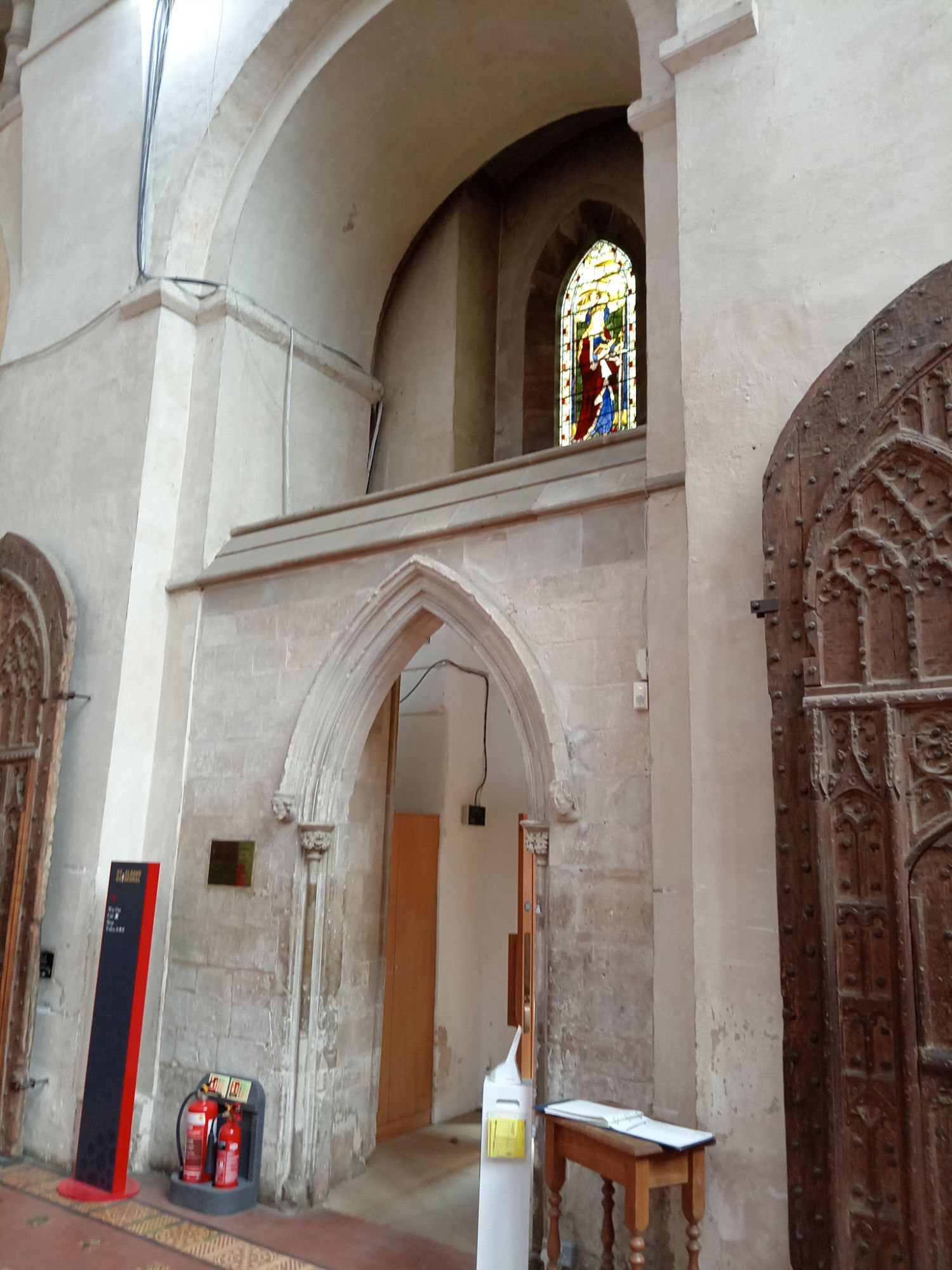
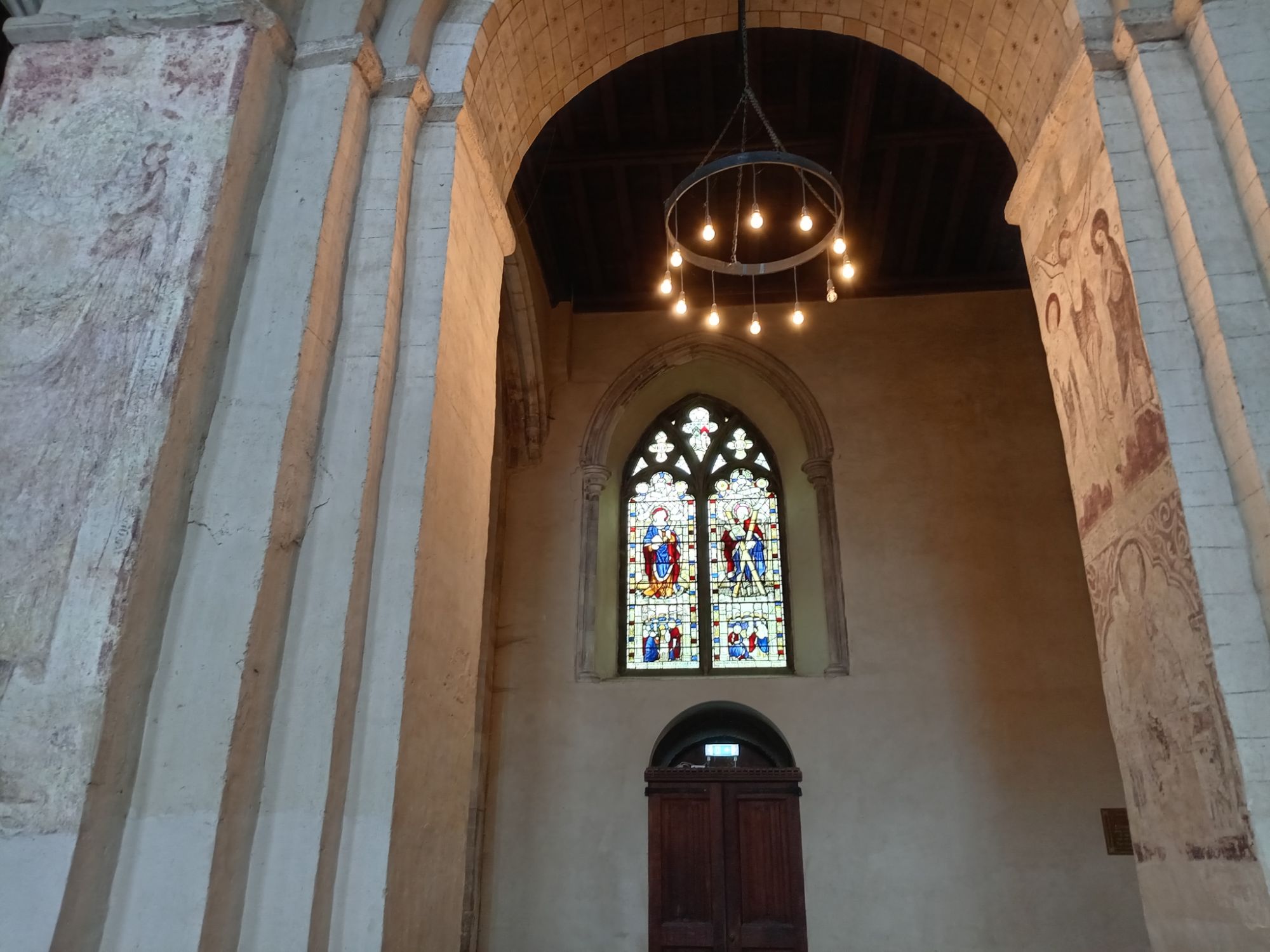
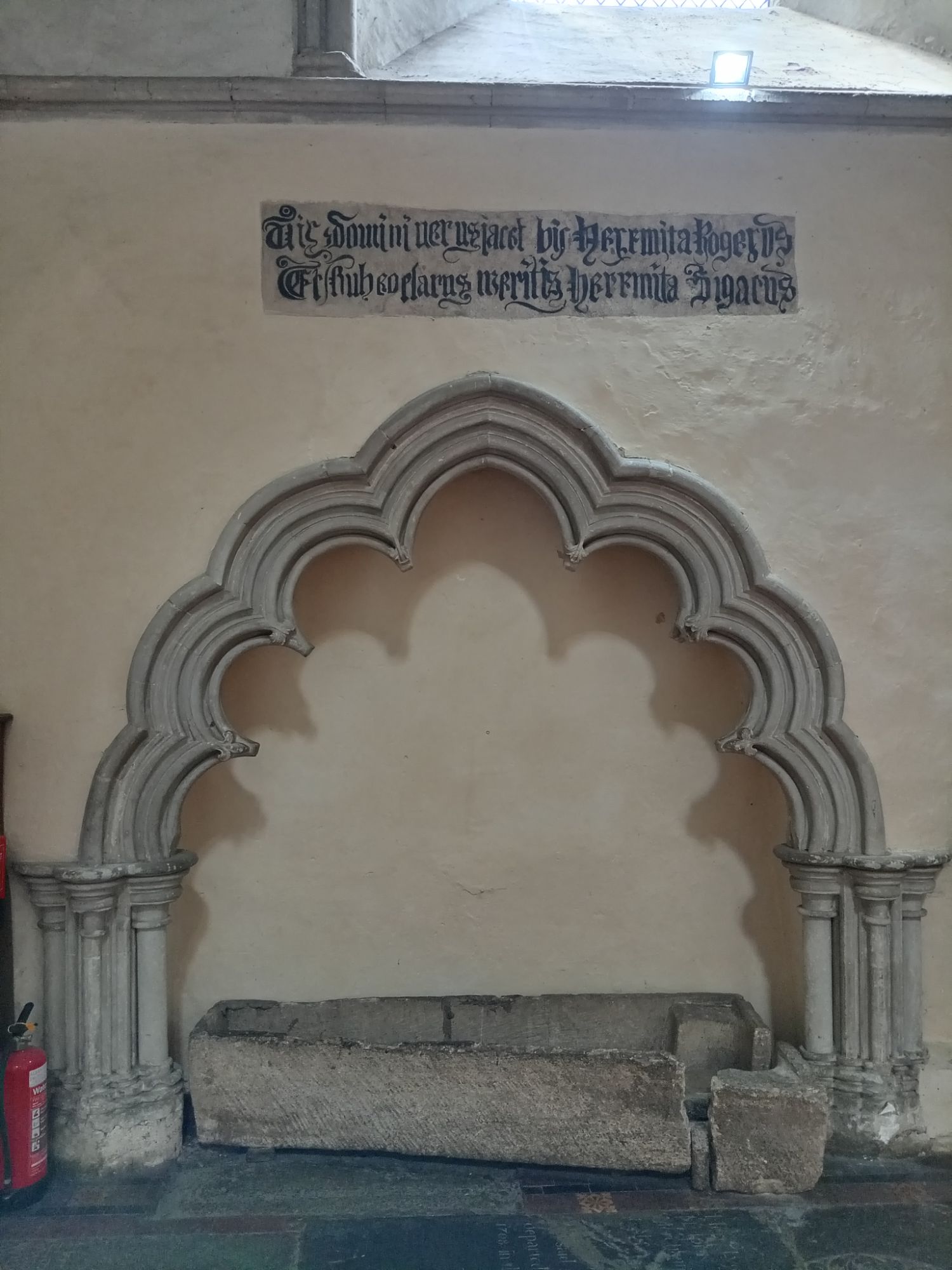
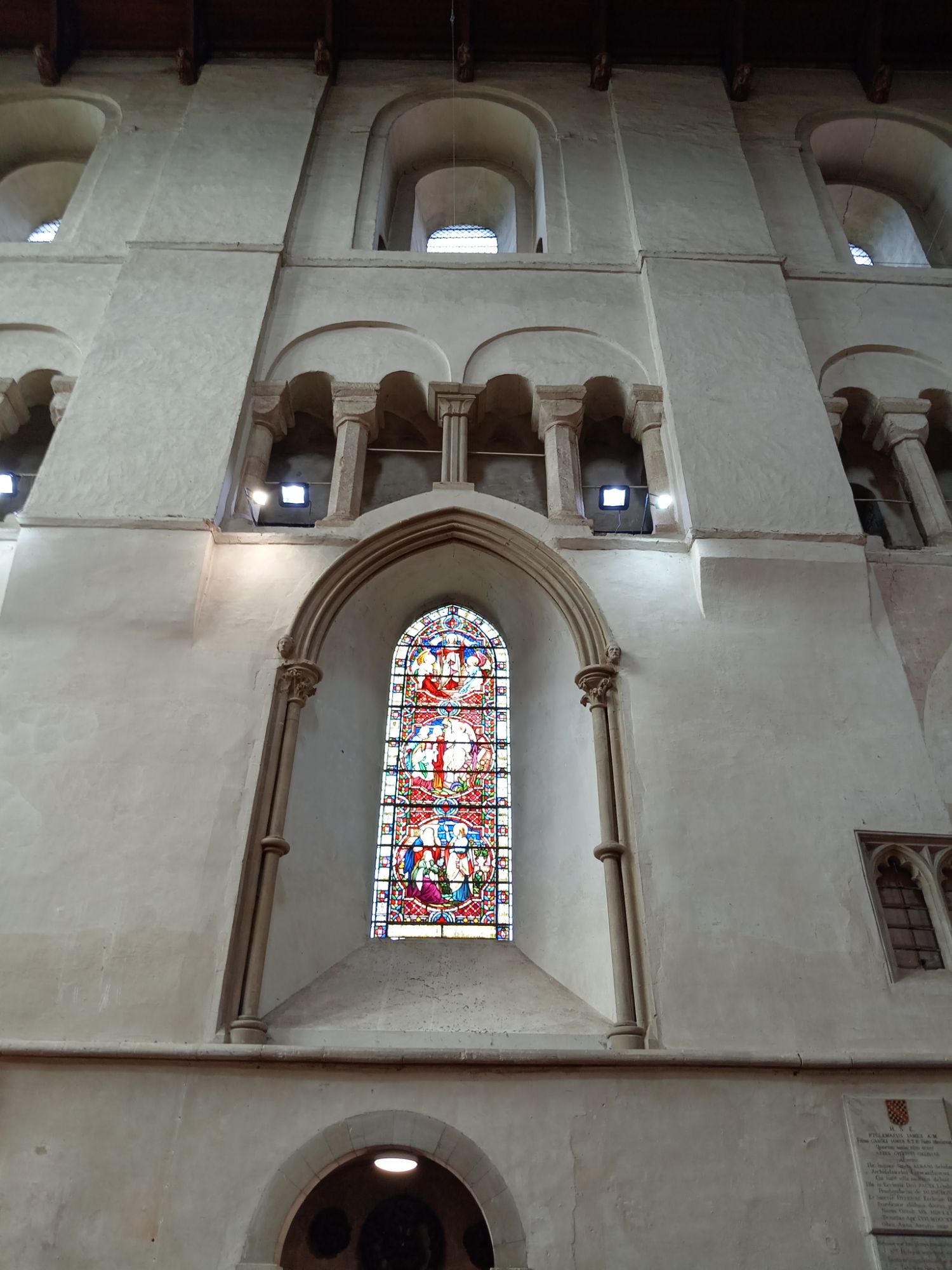
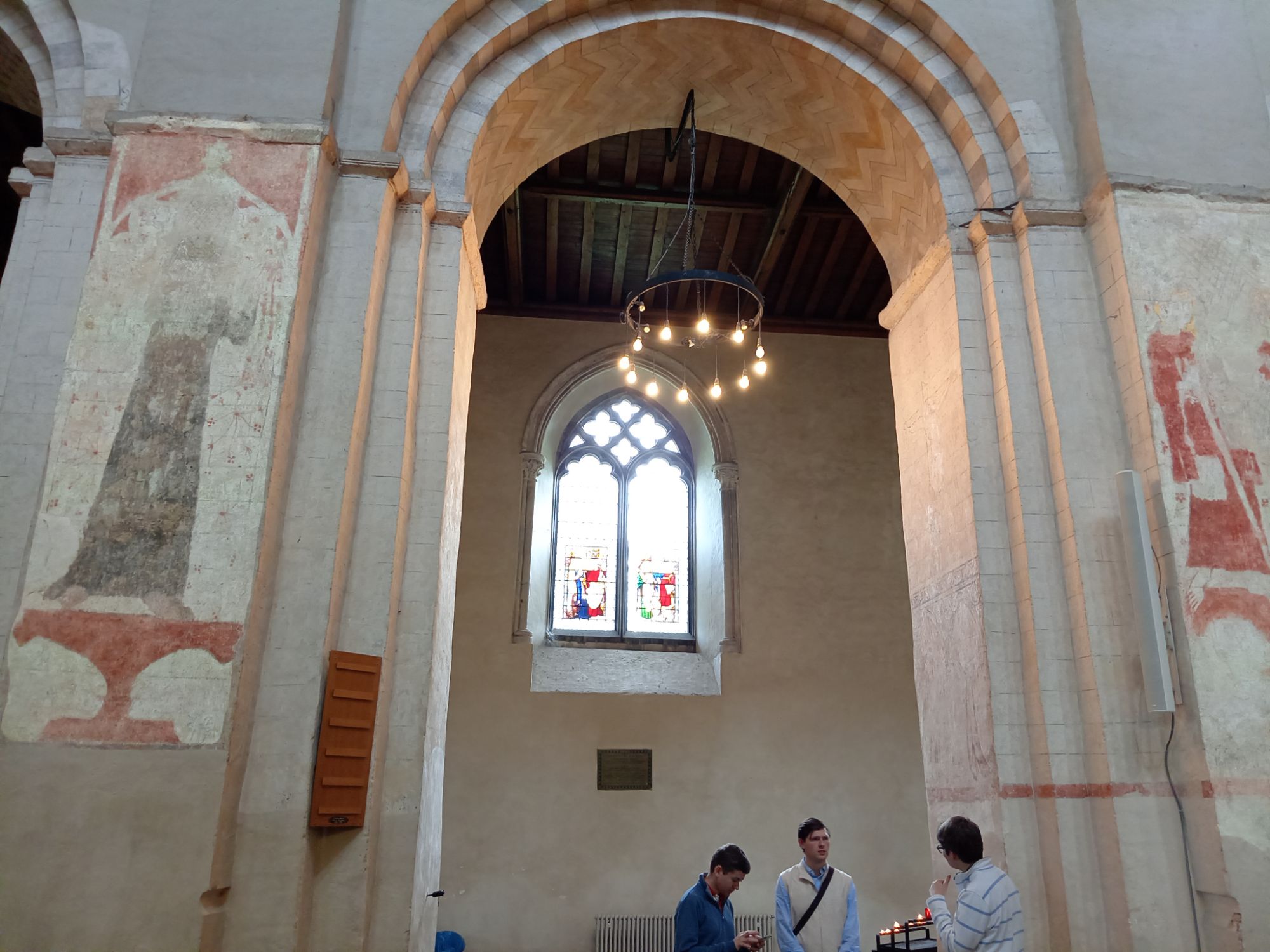

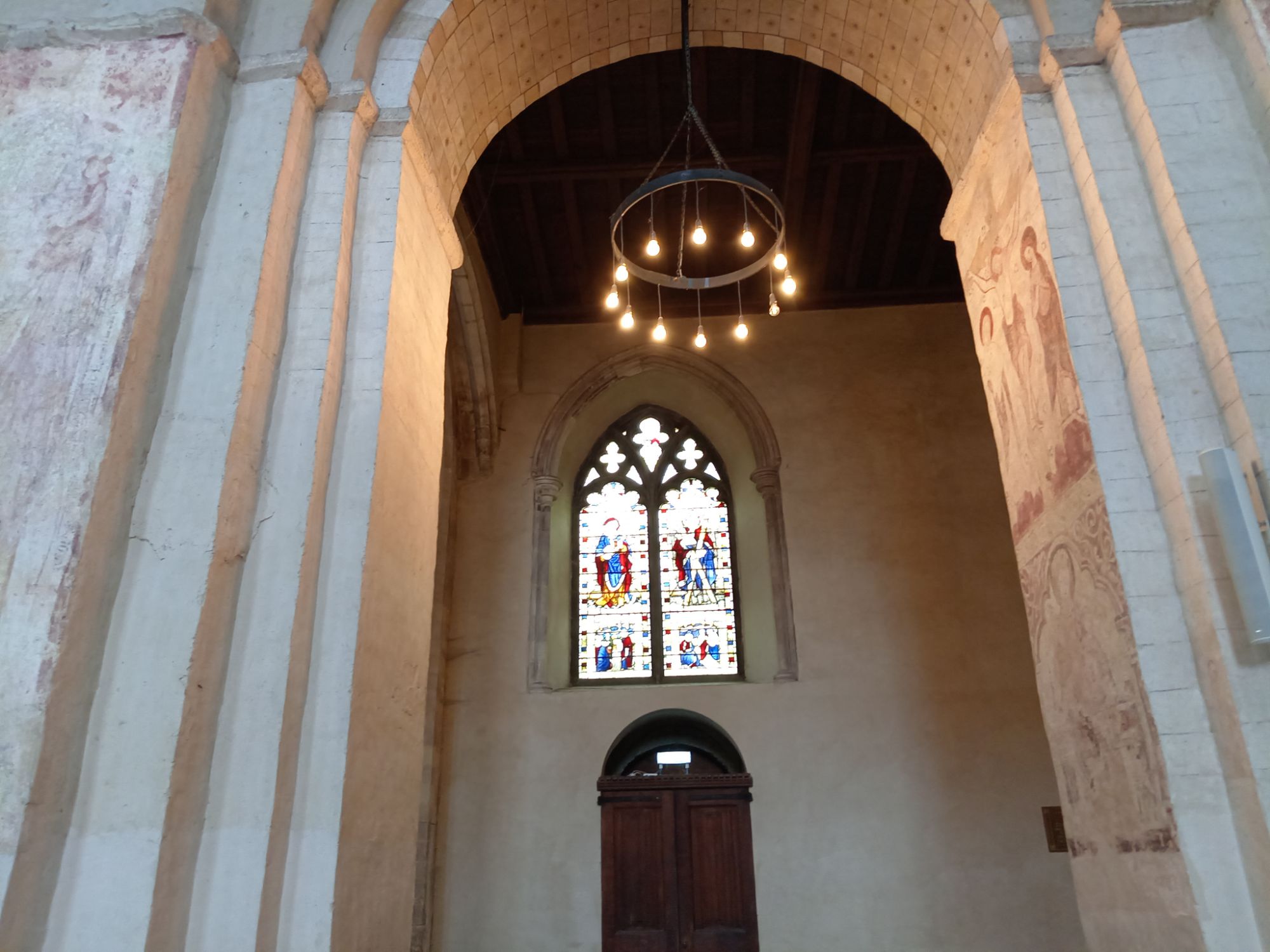
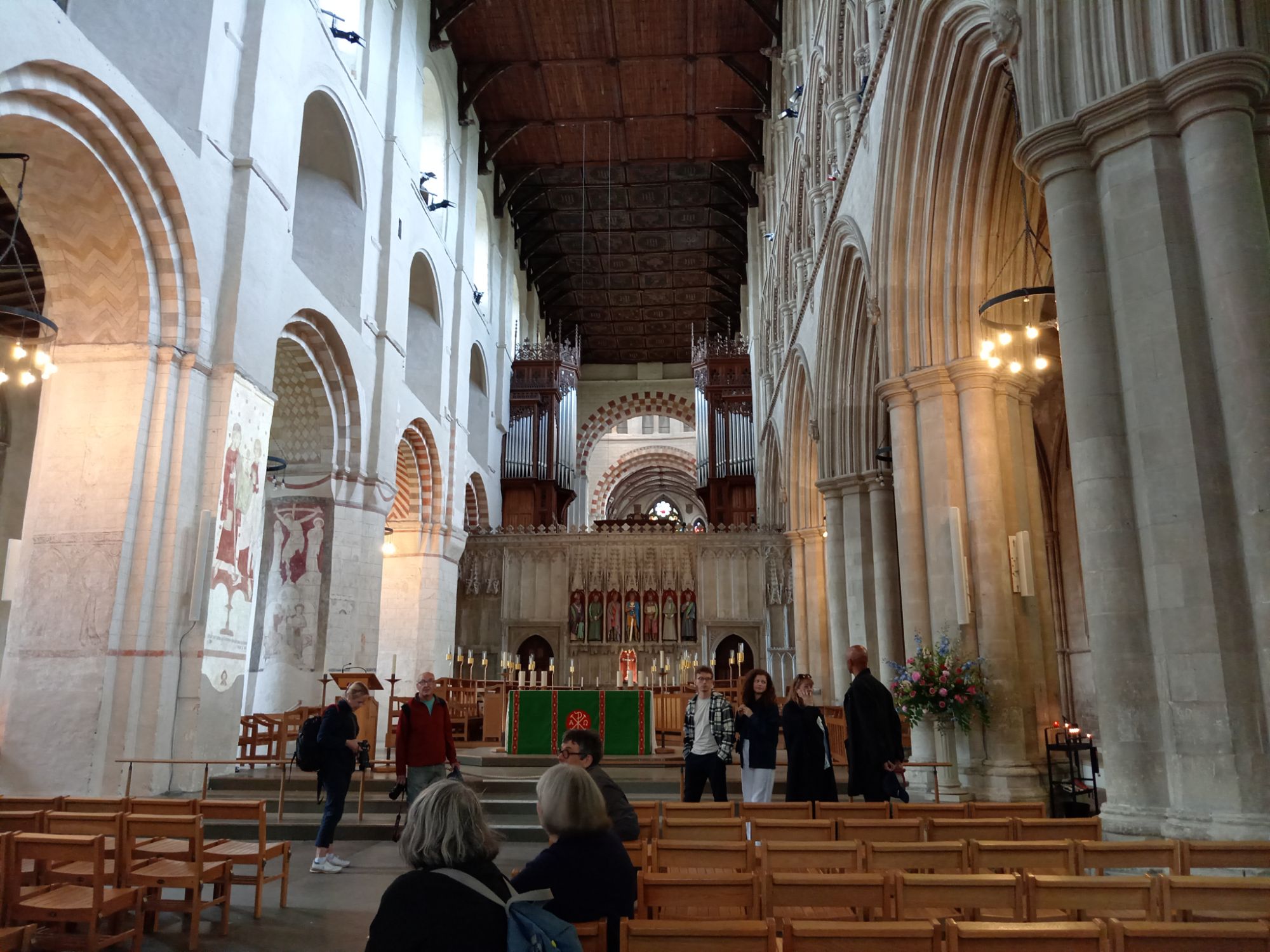
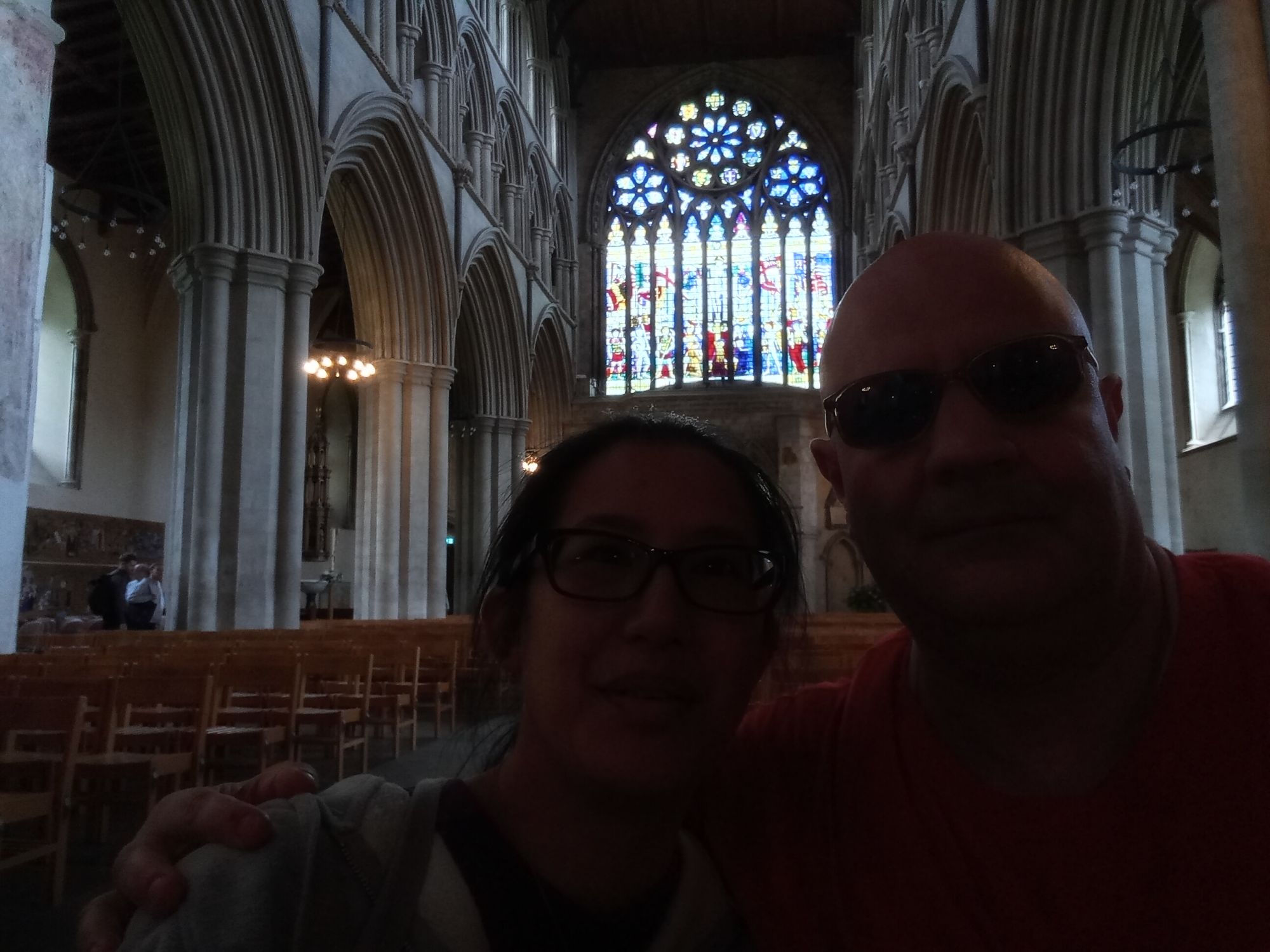
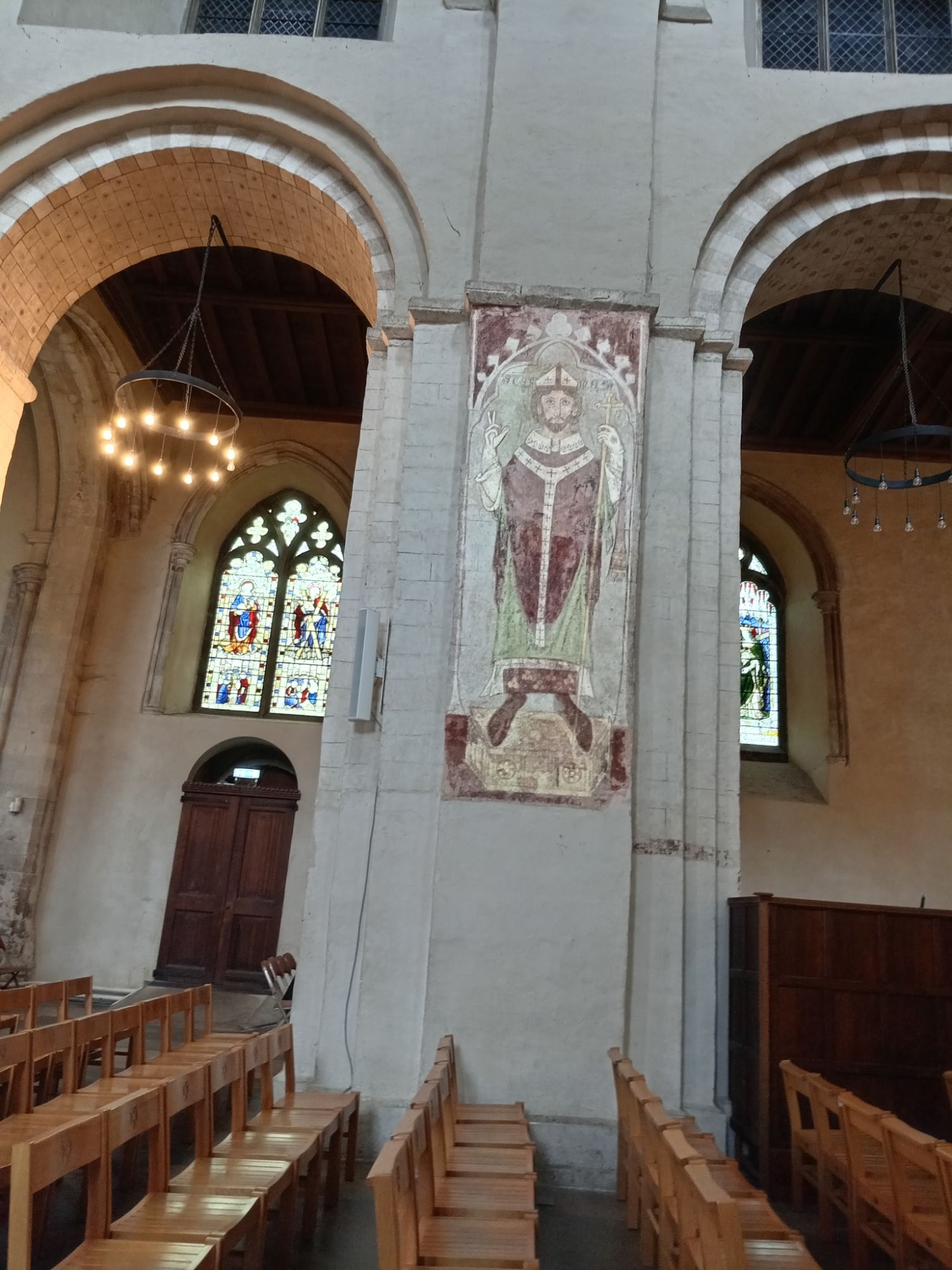
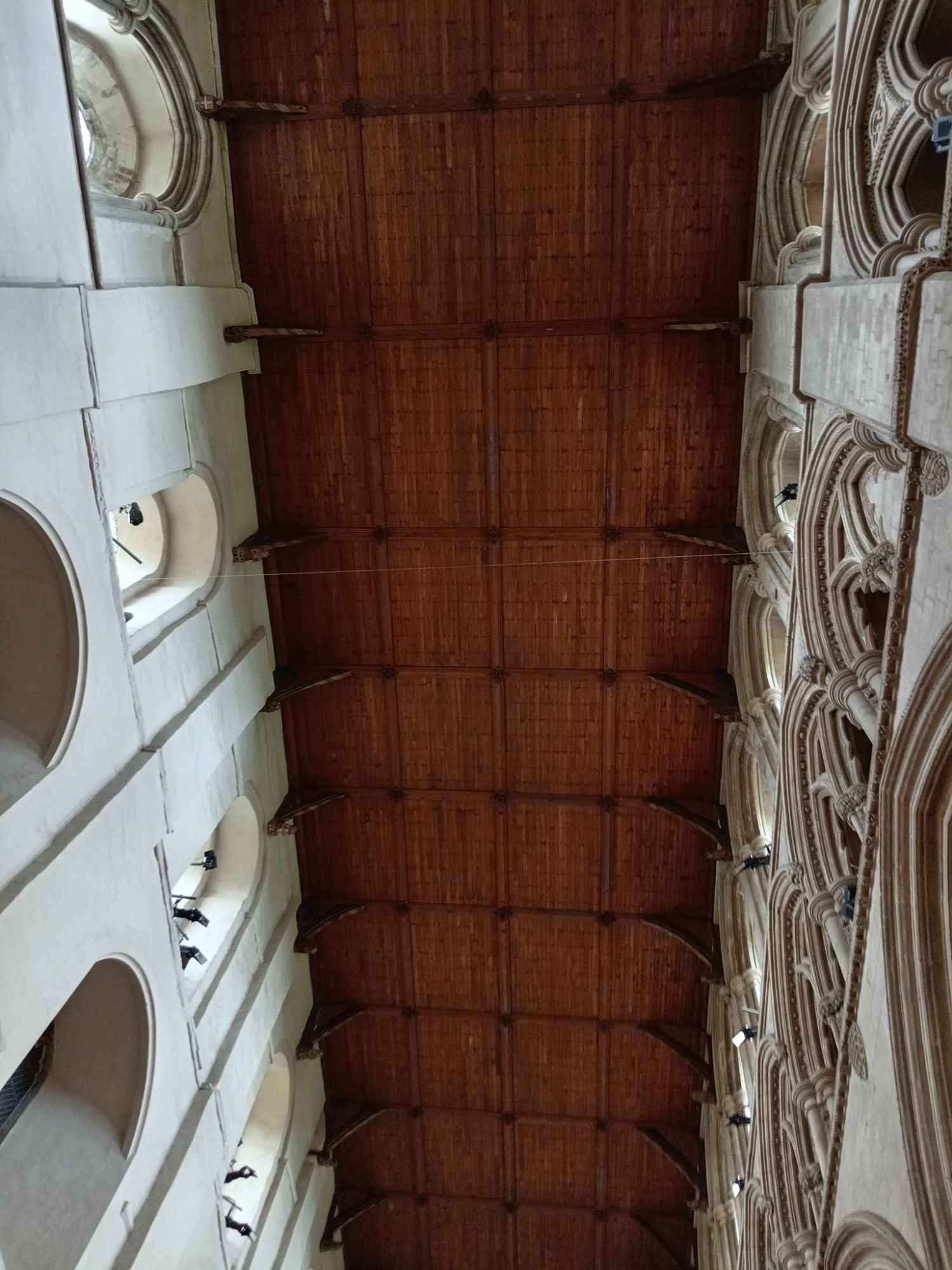
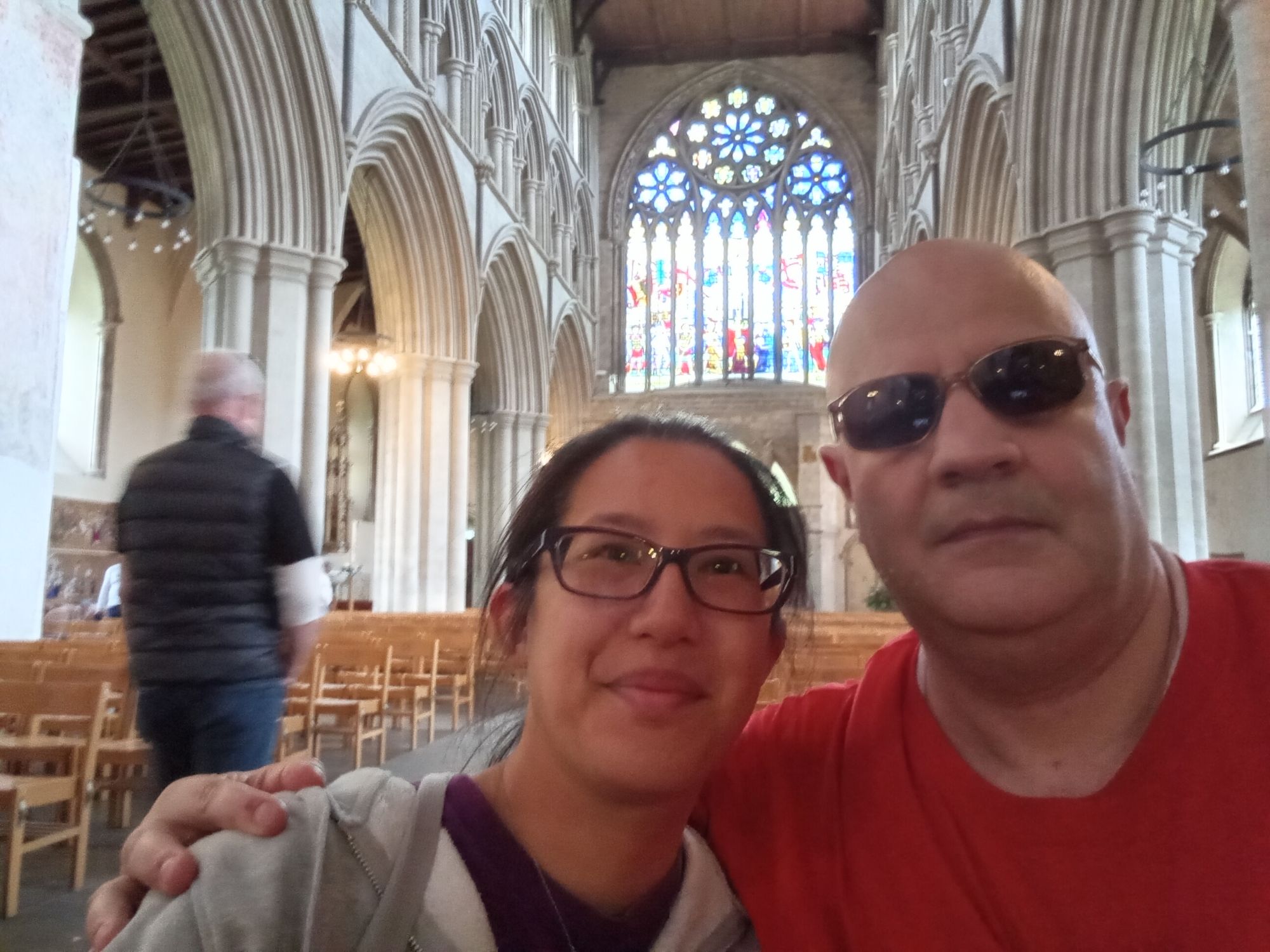
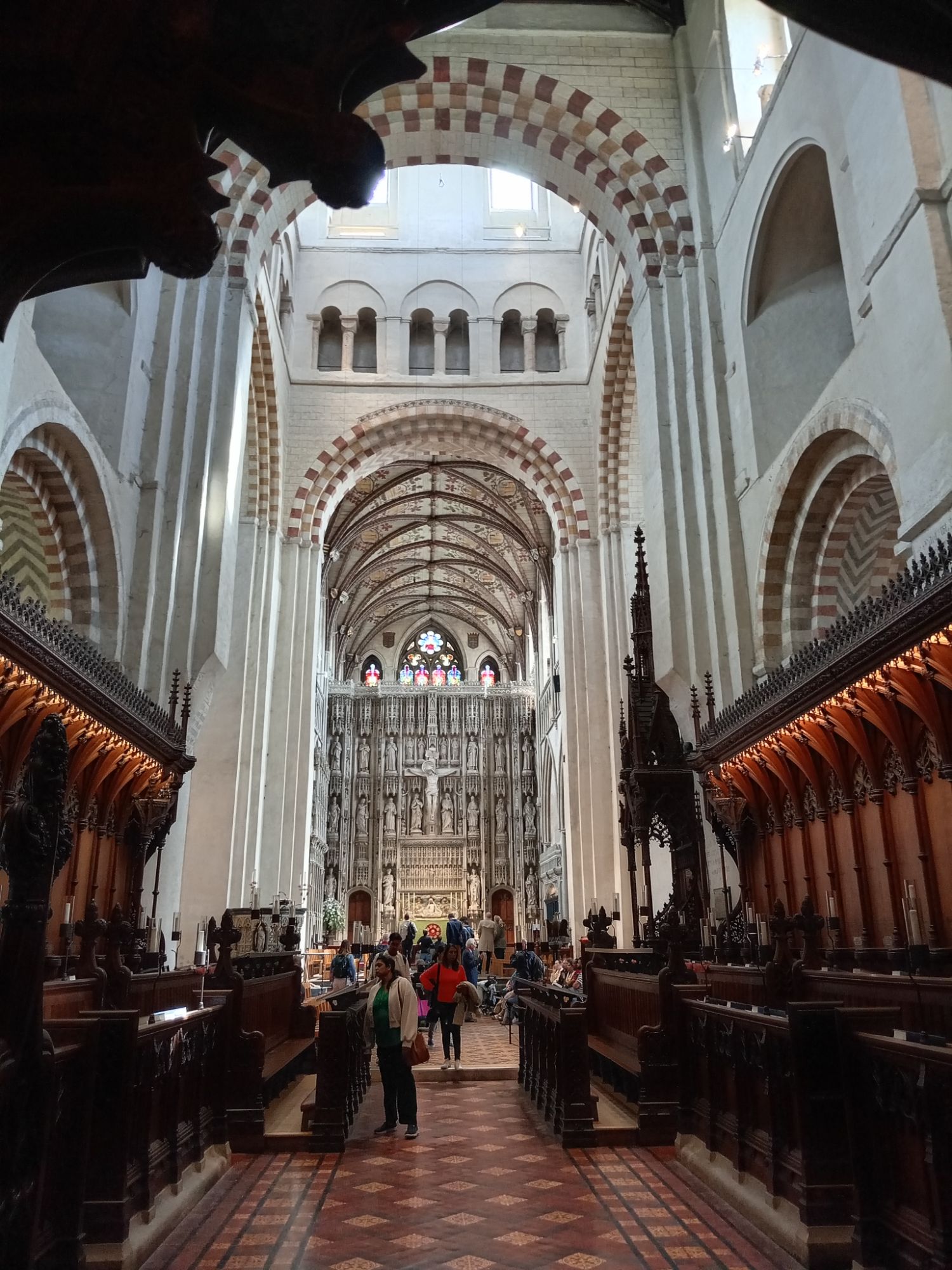
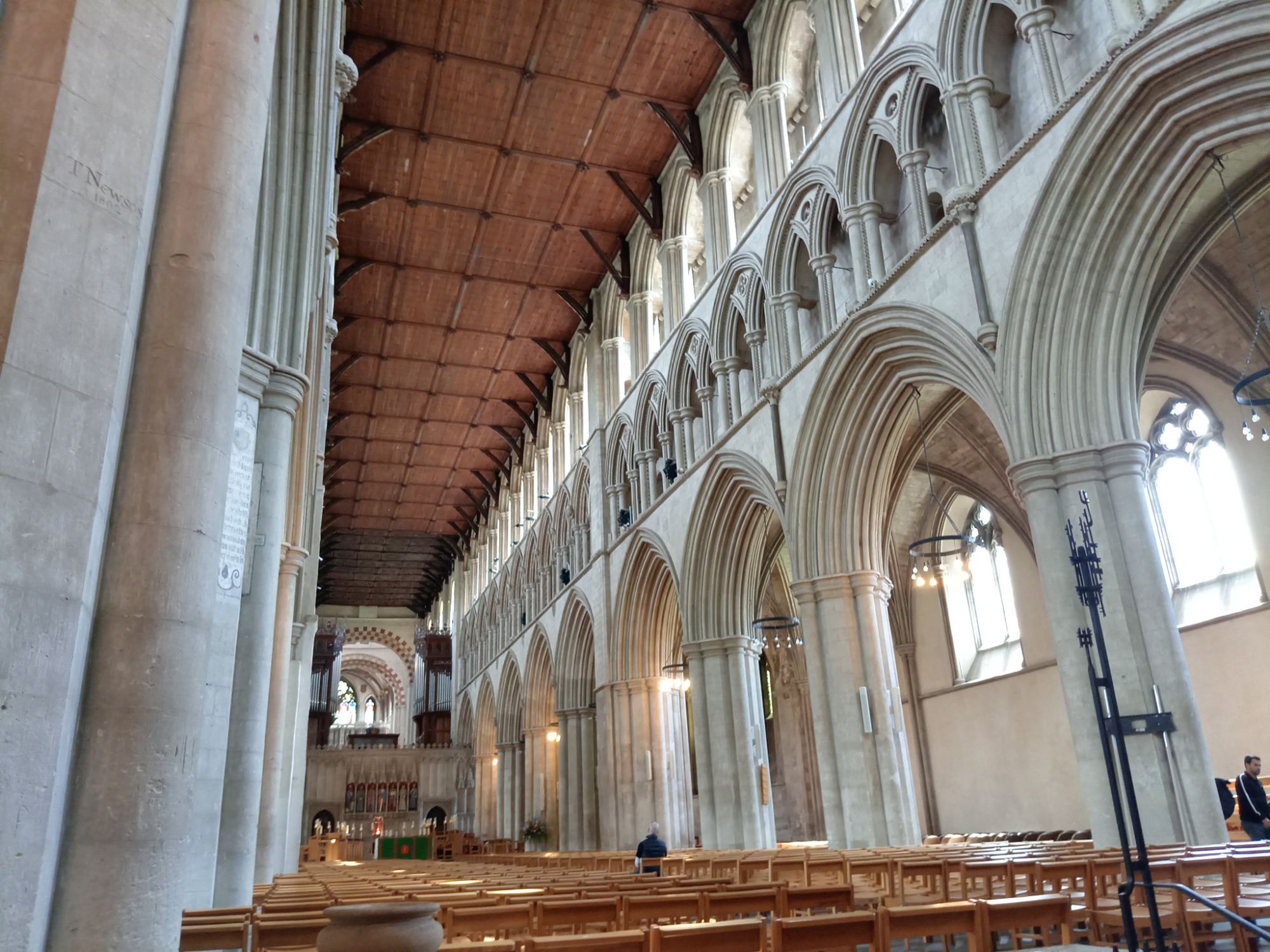

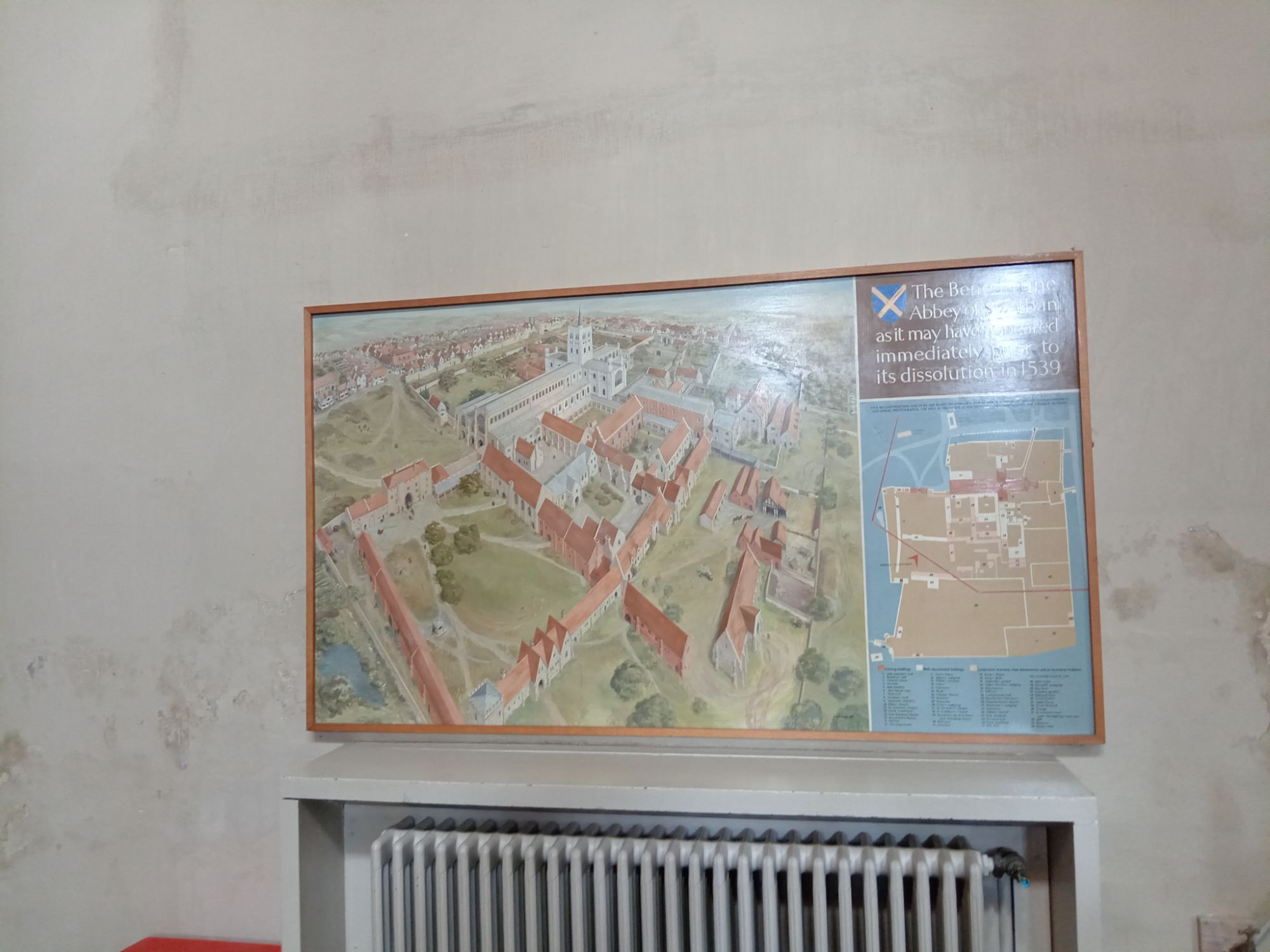
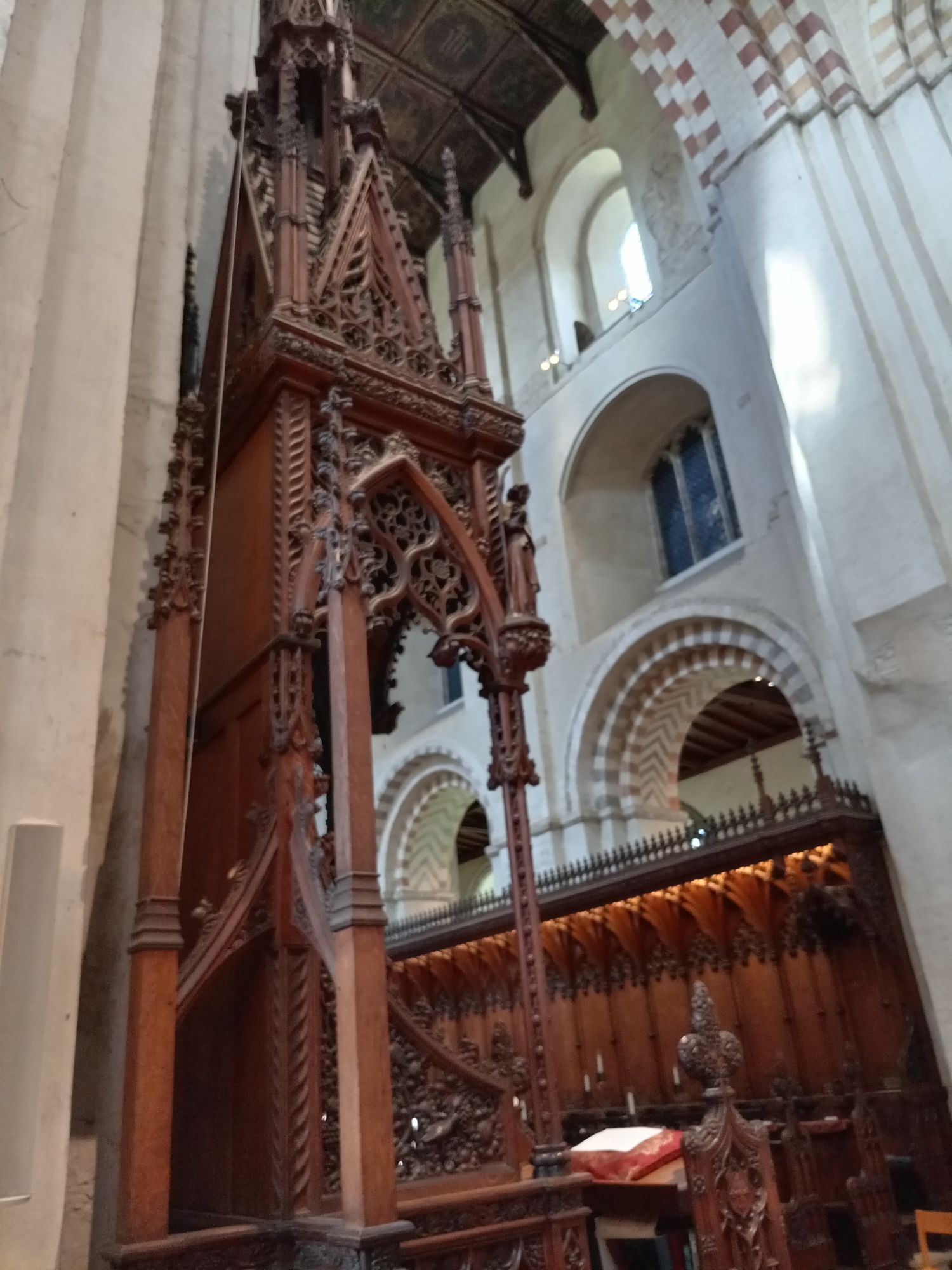
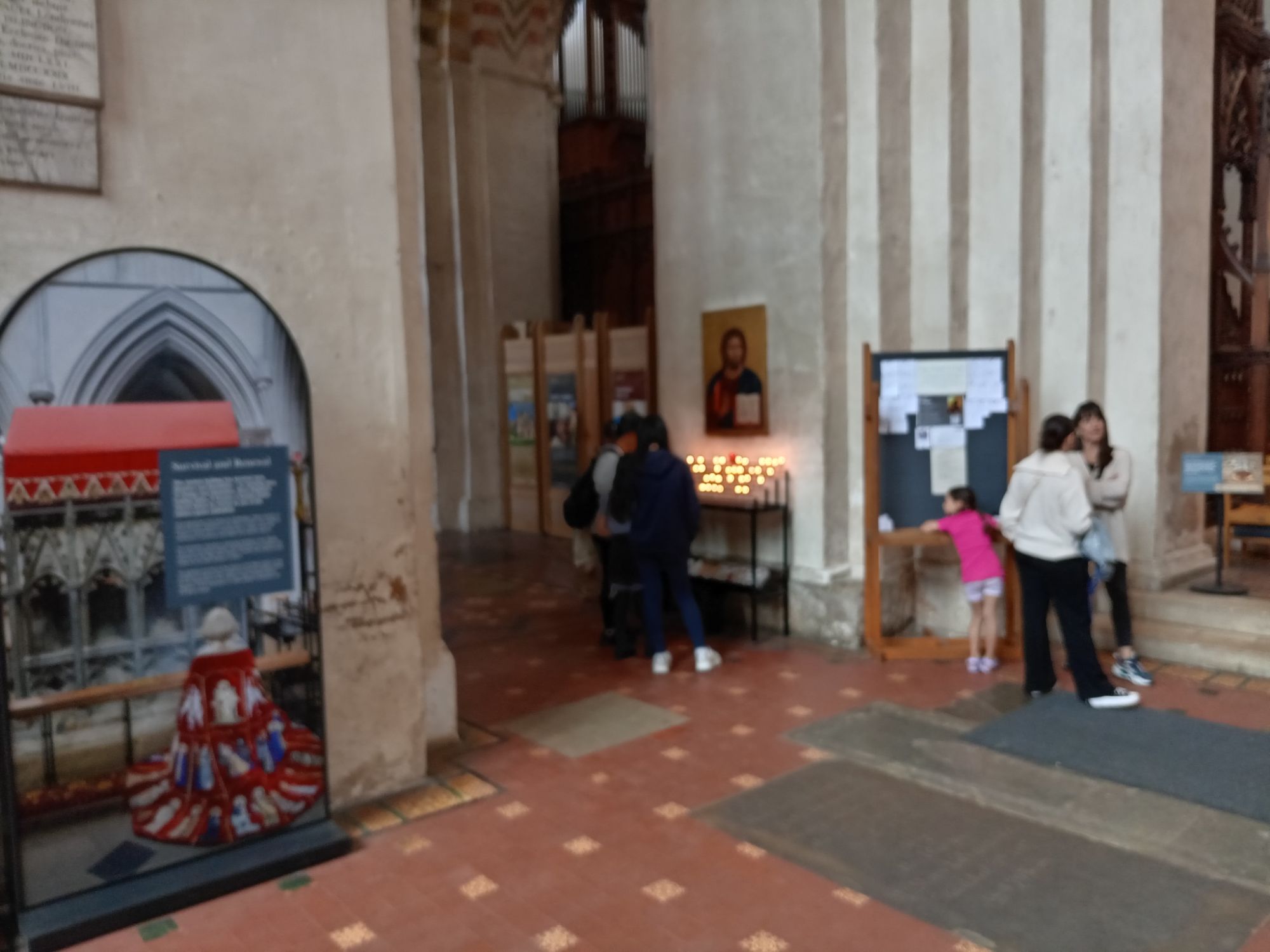
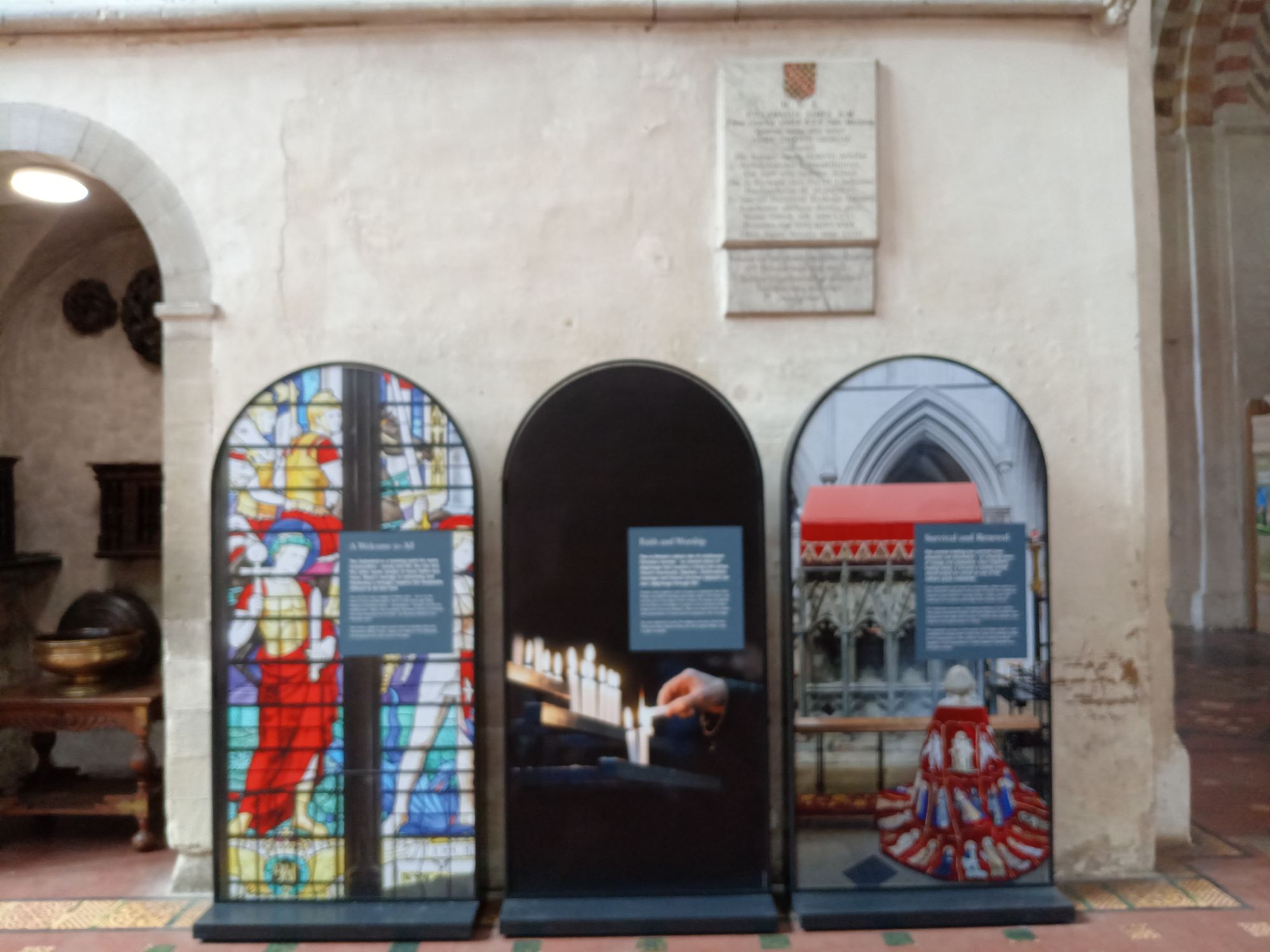


The Dissolution of the Monasteries (1534-1539) saw King Henry VIII close-down over 600 lesser and greater Catholic-controlled monasteries in England during the break with Rome. Abbot, Abbesses and other Head Monastics were offered a life-long pension from the Crown amounting to 1% of the annual income of the monastery being dissolved. As St Albans made around £1000 per year – the Abbot received a guaranteed £10 per year – a very substantial amount for the time. The idea was to purchase their compliance. Those who resisted were tried for Treason and publicly executed. Henry gave away monastic property to his favourites – or sold it at a cut-price to other interested parties. All the accumulated gold, silver, copper, led and bronze, as well as gemstones – were sold into the public domain and effectively laid the foundation for a modern capitalist economy. This freeing of monastic treasure into the public domain represented a massive injection of wealth into the English economy – stimulating buying, selling and market speculation. When the movable wealth ran-out – the brick-work and foundations of many monasteries were dismantled and used to reinforce Henry’s castles along the coast – or in the case of Merton Abbey – to build Nonsuch Palace in Surrey! Whereas the monks were opposed to greed and grasping – a new secular society emphasised the exact opposite to get on. Now, greed, lying and cheating guaranteed the personal accumulation of wealth that could purchase a place to live, schooling, food, travel and leisure, etc. Of course, supporting Henry often guaranteed social climbing. Modern capitalism was invented in England by Henry VIII.
